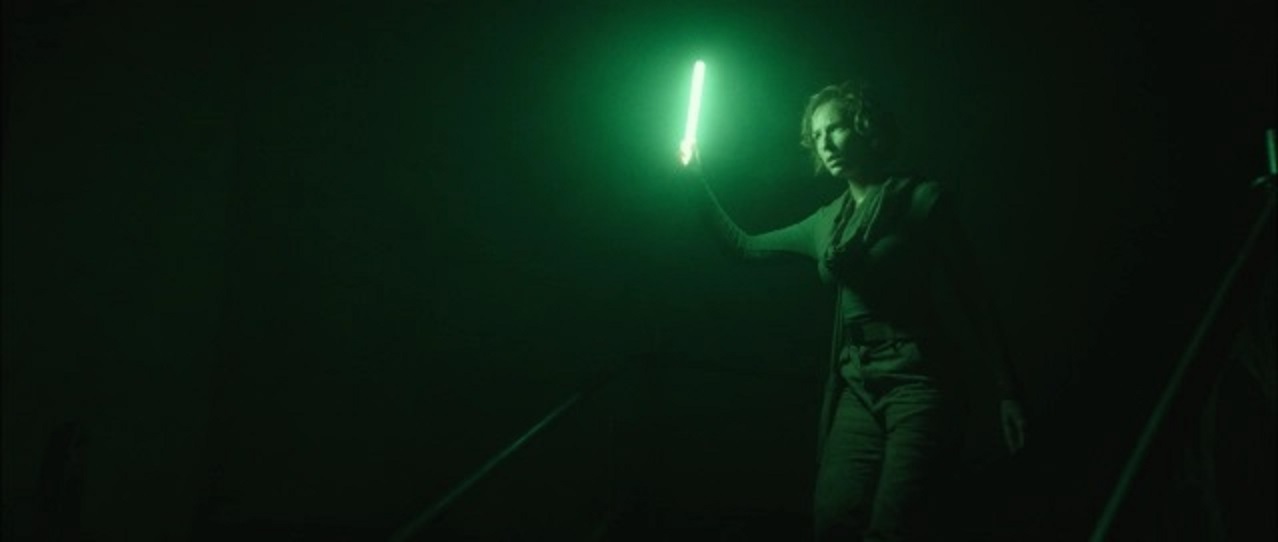
In 2017, the United States Air Force carried out an airstrike in the Nangarhar Province, Afghanistan. Deploying the largest non-nuclear bomb in their arsenal (the MOAB), they aimed to destroy a tunnel complex originally built by the CIA in the 1980s. The tunnels were now being used by the Islamic State. Neil Marshall’s latest creature feature, The Lair, imagines another reason for the United States’ intervention. He takes the premise of his debut film Dog Soldiers (2002), and transposes it to Afghanistan, introducing a new monster, and forcing himself to wade into murky political waters.
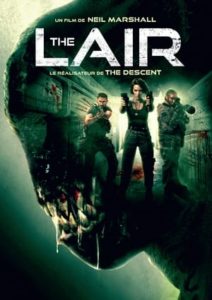
When RAF Captain Kate Sinclair (Charlotte Kirk) is shot down by insurgents, she stumbles upon an abandoned Soviet bunker deep in the Nangarhar Province. Barely escaping the horrors within, Sinclair is forced to team up with British and American soldiers, as well as an Afghan insurgent, in order to combat an inhuman enemy. Soviet experiments, government cover-ups, and the looming threat of an airstrike make up this 90-minute action horror romp. Marshall’s latest combines the soldiers versus monsters plot of Dog Soldiers with the hidden horrors of The Descent, cobbling together a Frankenstein’s Monster of his previous work: a shambling, patchwork beast that lacks both depth and heart.
The Lair is an old-fashioned film, but not a nostalgic one. It feels like a relic, as though it was made a decade ago, and has only just now seen the light of day. Kirk and her co-stars have stepped out of a direct-to-video flick, leaving any charm behind. The cast communicates entirely in one-liners, and each narrative step feels contrived and predictable. Towards the end, a twenty-minute countdown becomes ten minutes and then, somehow, seventeen. Sinclair, a trained soldier, drops her gun at an inopportune moment. When she can keep hold of it, she appears unfamiliar with firearms. Announcing her pistol is empty, she fires three more rounds. At other times, she sits in chairs backward and dons a leather jacket. Kirk’s performance feels plucked from the “strong female character” era when giving a woman a gun and an attitude ticked a feminist box.
Speaking of box-ticking, we are also treated to several stereotypical supporting characters. We have Lafayette (Kibong Tarji), a Black corporal who steals, scraps, and talks like a white man wrote her. We also have Kabir (Hadi Khanjanpour), the aforementioned insurgent who, it transpires, is only a driver, and whose family fought against the Soviets in the 1980s. He gives speeches about vengeance and honour, and he exists to save the lives of those who came to kill him. Perhaps the most cliché is Jamie Bamber’s turn as Major Roy Finch, a hard-drinking, eyepatch-wearing American sick of everything and everyone. His character arc recalls Sean Pertwee’s in Dog Soldiers, with none of Pertwee’s appeal. The entire cast is flat, and uninspired. Sadly, they have little to work with. The script (co-written by Marshall and Kirk) has the air of something left at the back of a drawer for years.
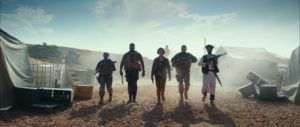
It is a shame because there are some brilliant monster moments. The SFX – a combined effort from supervisor Paul Stephenson, Filmgate Finland, and Nopia Oy Ltd. – are uneven, with too much obvious CGI, and an unfortunately bland and derivative creature design. However, the practical gore effects are a joy to behold, and Luke Bryant’s shot of the monsters pouring across the moonlit sand offers some insight into what The Lair might have been. Sadly, it seems that even Marshall is unsure what The Lair might be. The constant quips and jokes imply that we perhaps should not take the film so seriously, but its hero-worship of the soldiers and its demonisation and dehumanisation of their enemies (human or not) suggests otherwise. The use of John Carpenter font for the title drop in theory suggests a harkening back to iconic horror movies. In practice, however, Marshall retreads his own back catalogue.
Like his earlier work, The Lair sees Marshall marrying humour with horror. On both fronts, the film struggles. As such, bigger issues than narrative ones are emphasised. Reimaging a US airstrike as a means of covering up remnants of a Soviet base is inherently political. Replacing Islamic State terrorists with literal monsters is also political. There were questionable moments in Dog Soldiers, too, where a squaddie gleefully compares himself and his allies to the British soldiers sent to wipe out the Zulu. However, Dog Soldiers’ writing was stronger, and its cast more scrappy and real. Here, Afghan insurgents are framed like slashers, sitting up in time with musical stings courtesy of Christopher Drake. The Americans are stationed at Fort Apache. Sinclair states that she escaped having her decapitation streamed on YouTube. Never mind the photos and footage of British and American soldiers bragging about r*pe and torture. In Marshall’s world, soldiers with their boots on the ground are uniformly good. Afghans in similar roles are uniformly evil.
The Lair is a frustrating affair. Almost immediately, it feels cheap and ramshackle. The cast struggle through cliché quips and confusing action sequences. The monsters are inhumanly fast, but they stand and wait for soldiers to reload. This inconsistency precludes the creatures from posing any real threat. Beyond some practical gore effects, there is little here to recommend. Marshall’s latest feels like a rehash of his earlier, exponentially better work.
We watched The Lair as part of the 16th annual Toronto After Dark Film Festival.

The Lair is available on Blu-ray and DVD From Acorn Media from July 17th
More Festival Coverage
A film about the intersection of sexuality with food might initially feel like a pretty out-there pitch. However, anyone casually considering the topic will find that the concepts of hunger… Content Warning: This film contains depictions of ne***philia. Bad Candy takes place in the town of New Salem during Halloween, where two radio DJ’s invite callers to share local myths…. Upurga, Latvian director Ugis Olte’s first narrative full-length feature, skillfully blends elements from half a dozen iconic genre movies of the past decade. However, thanks to great writing, an ear… Fuk’n Nuts is a 2023 American surrealist horror comedy short film, written and directed by Sam Fox. No stranger to the medium, Fox is known as the writer/director of the… Having come from lower class and immigrant families, four friends make one last heist led by their leader, Chaz (Malachi Pullar-Latchman) to walk away with a small fortune to start… Bringing the Greek Weird Wave touch to German cinema is Der Bunker director Nikias Chryssos, who in his second feature film does at times leave the impression that he’s working…Sexual Drive (2021) Film Review – Exploring the Eroticism of Food
Bad Candy (2021) Film Review- A Frightfest Halloween Anthology
Upurga (2022) Film Review – Nature Can Kill You
Fuk’n Nuts (2023) Film Review – Caution! May Contain Crazy [Fantastic Fest]
Hounded (2022) Film Review – Release the Hounds!
A Pure Place (2022) Movie Review – Children Of Elysion
Isabelle is a writer from the UK who enjoys alternative manga and horror films. When not writing, you can probably find Isabelle buying books or obsessing over Martin and Lewis.
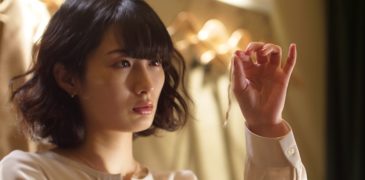
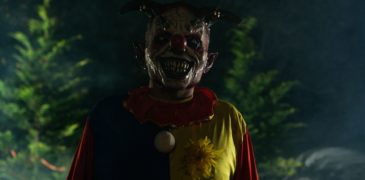
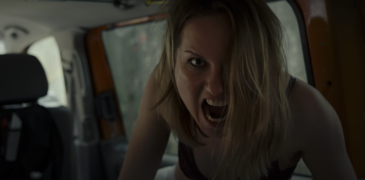
![Fuk’n Nuts (2023) Film Review – Caution! May Contain Crazy [Fantastic Fest]](https://www.grimoireofhorror.com/wp-content/uploads/2023/09/Fukn-Nuts-cover-365x180.jpg)

